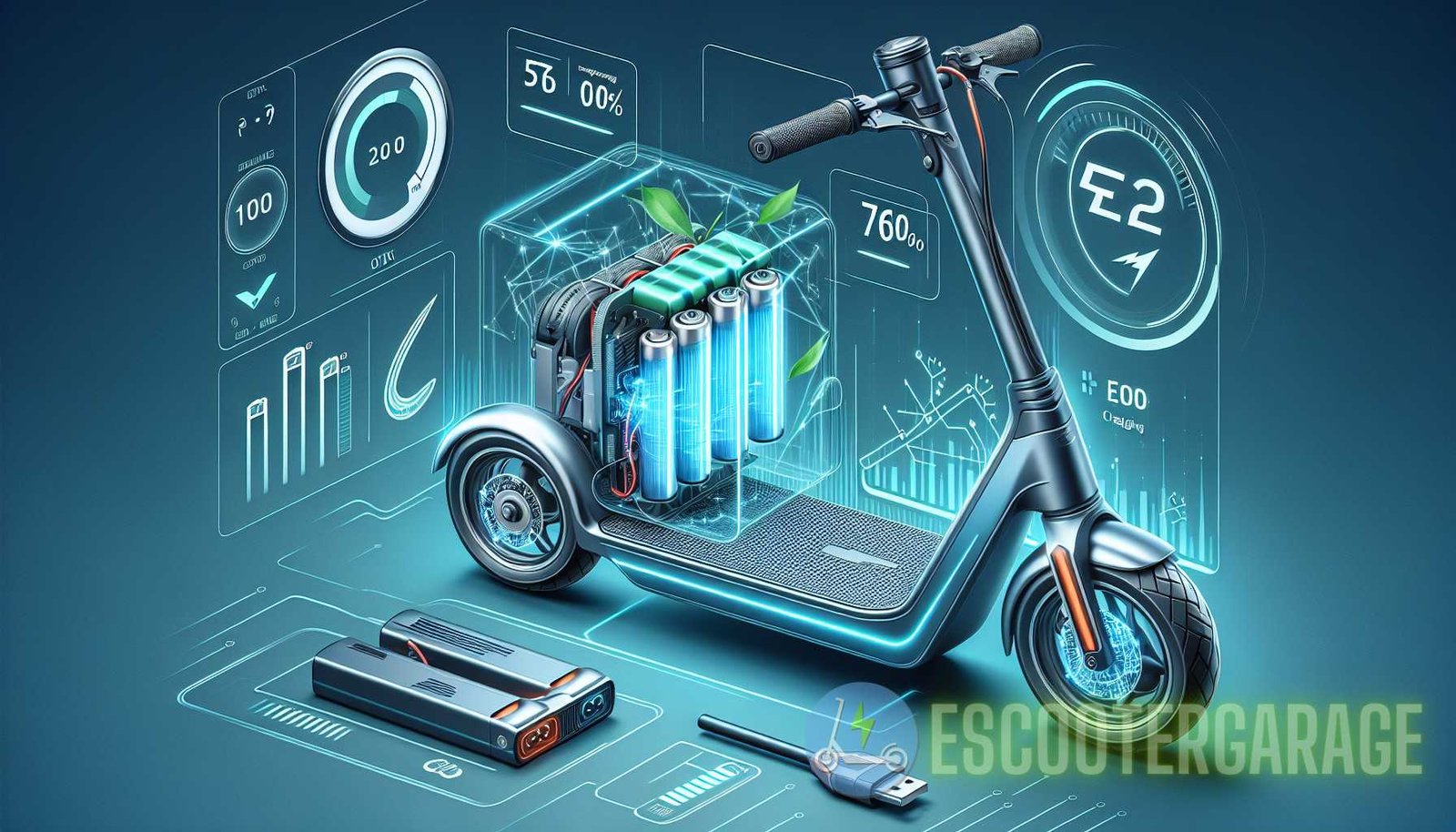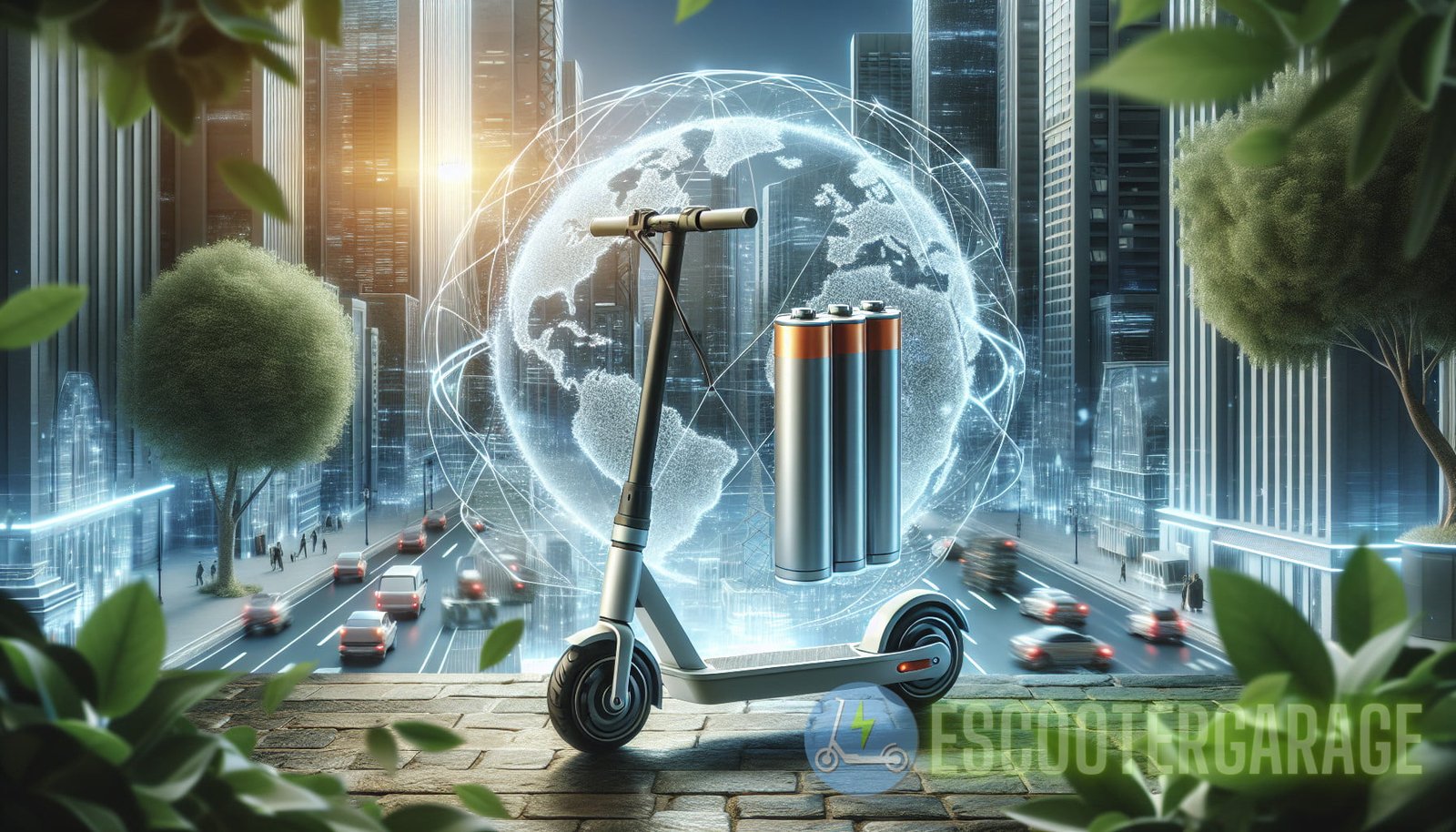Unlocking the Potential: Innovative Approaches to Boosting eScooter Battery Longevity
Electric scooters, or eScooters, have become increasingly popular in recent years as a convenient and eco-friendly mode of transportation. With their compact size and zero-emissions operation, eScooters offer an efficient way to navigate crowded cities and reduce carbon footprints. However, one of the most significant challenges faced by eScooter owners is how to maximize the lifespan and performance of their battery. In this article, we will explore innovative approaches to boosting eScooter battery longevity, providing you with valuable tips and insights on how to optimize the efficiency and durability of your eScooter’s battery.
The Importance of eScooter Battery Maintenance
Before delving into the specific tips and techniques for improving battery longevity, it’s essential to understand why battery maintenance is crucial. The battery is the heart of an eScooter, supplying the power needed to propel the vehicle. The performance and lifespan of an eScooter’s battery can significantly impact its overall functionality and user experience. Neglecting battery maintenance can result in reduced range, decreased power, and ultimately, the need for costly battery replacements. By implementing proper battery maintenance techniques, you can extend the lifespan of your eScooter’s battery and ensure optimal performance.
Optimizing Charging Practices
One of the most critical factors in prolonging eScooter battery life is optimizing your charging practices. Here are a few tips to help you make the most out of your eScooter’s battery charging:
- Avoid Overcharging: Overcharging can lead to a phenomenon called “thermal runaway,” which can cause irreversible damage to the battery. Once your battery reaches full charge, it’s essential to disconnect it from the charger immediately.
- Charge at the Right Voltage: Different eScooters have varying voltage requirements for optimal charging. Make sure to use the charger specifically designed for your eScooter model to ensure proper voltage regulation.
- Avoid Deep Discharges: Repeatedly discharging the battery to its minimum level (usually below 20%) can have a detrimental effect on its overall lifespan. It’s recommended to recharge your eScooter’s battery once it reaches around 30-40% capacity.
- Charge in Moderate Temperatures: Extreme hot or cold temperatures can impact the battery’s performance and overall lifespan. It’s advisable to charge your eScooter in moderate temperature environments to minimize any adverse effects.
Proactive Battery Monitoring
Regular monitoring of your eScooter’s battery is another crucial aspect of maintaining a healthy battery life. Here are some tips for proactive battery monitoring:

- Use Battery Management Systems (BMS): BMS is an electronic system that monitors and manages the charging and discharging of the battery. It helps prevent overcharging, undercharging, and monitors the battery’s overall health.
- Check Battery Voltage: Periodically checking the battery voltage can help you identify any potential issues. Voltage drops below the manufacturer’s recommended range may indicate a need for maintenance or replacement.
- Check for Swelling or Leaks: Regularly inspect your eScooter’s battery for any signs of swelling or leaks. These abnormalities may suggest a defective battery that requires immediate attention.
- Keep Track of Charge Cycles: Most modern eScooter batteries have a limited number of charge cycles, typically ranging from 300 to 500 cycles. Keeping track of the number of charge cycles can give you an idea of where your battery stands in its lifespan.
Efficient Riding Techniques
The way you ride your eScooter can also play a significant role in maximizing battery life. Here are some efficient riding techniques to help you get the most out of your battery:
- Optimize Acceleration and Braking: Smooth acceleration and gentle braking can help conserve energy and reduce strain on the battery. Avoid sudden burst of speed and harsh braking whenever possible.
- Plan Your Routes: Planning your routes in advance can help you take the most direct and efficient paths. This can reduce travel distance and optimize battery usage.
- Avoid Excessive Weight: Carrying excessive weight on your eScooter, such as heavy backpacks, can put additional strain on the battery. Reduce unnecessary weight to maximize battery performance.
- Utilize Regenerative Braking: Some eScooter models come equipped with regenerative braking systems that convert kinetic energy into electrical energy, helping to recharge the battery while slowing down.
Stay Informed and Educated
Keeping up to date with the latest information and developments in eScooter battery technology is crucial in maximizing battery longevity. The eScooter industry is constantly evolving, and new battery technologies and maintenance practices are regularly being introduced. Stay informed by regularly reading maintenance tips and articles from reputable sources such as eScooter Garage and eScooter Garage Tips, where you can find comprehensive guides on eScooter maintenance and battery care.
Conclusion
Eco-friendly, convenient, and fun to ride, eScooters have revolutionized urban transportation. By implementing the tips and techniques mentioned in this article, you can ensure that your eScooter’s battery remains in optimal condition, allowing you to enjoy an extended range and prolonged battery life. Remember to optimize your charging practices, regularly monitor your battery’s health, adopt efficient riding techniques, and stay informed about the latest battery maintenance best practices. By following these guidelines, you can unlock the full potential of your eScooter’s battery and enjoy a longer, more satisfying riding experience.



